Warplanes of the UK: Bristol Beaufighter
Bristol Beaufighter

Bristol Beaufighter (Serial No. NT950), No. 236 Squadron RAF, wearing D-Day invasion stripes, prowling over the North Sea in mid-1944.
The Bristol Type 156 Beaufighter (often called the Beau) is a British multi-role aircraft developed during the Second World War by the Bristol Aeroplane Company. It was originally conceived as a heavy fighter variant of the Bristol Beaufort torpedo bomber. The Beaufighter proved to be an effective night fighter, which came into service with the Royal Air Force (RAF) during the Battle of Britain, its large size allowing it to carry heavy armament and early airborne interception radar without major performance penalties.The Beaufighter was used in many roles; receiving the nicknames Rockbeau for its use as a rocket-armed ground attack aircraft and Torbeau as a torpedo bomber against Axis shipping, in which it replaced the Beaufort. In later operations, it served mainly as a maritime strike/ground attack aircraft, RAF Coastal Command having operated the largest number of Beaufighters amongst all other commands at one point. The Royal Australian Air Force (RAAF) also made extensive use of the type as an anti-shipping aircraft, such as during the Battle of the Bismarck Sea.The Beaufighter saw extensive service during the war with the RAF (59 squadrons), Fleet Air Arm (15 squadrons), RAAF (seven squadrons), Royal Canadian Air Force (four squadrons), United States Army Air Forces (four squadrons), Royal New Zealand Air Force (two squadrons), South African Air Force (two squadrons) and Polskie Siły Powietrzne (Free Polish Air Force; one squadron). Variants of the Beaufighter were manufactured in Australia by the Department of Aircraft Production (DAP); such aircraft are sometimes referred to by the name DAP Beaufighter. (Wikipedia)

(IWM Photo, CH9765)
A Merlin-powered Beaufighter night fighter Mk. II of No. 255 Squadron RAF at RAF Hibaldstow, September 1941. The Merlin power plants are an early type incorporating exhaust ducting to conceal the exhaust flames for night use, a method later superseded by simple exhaust shrouds.
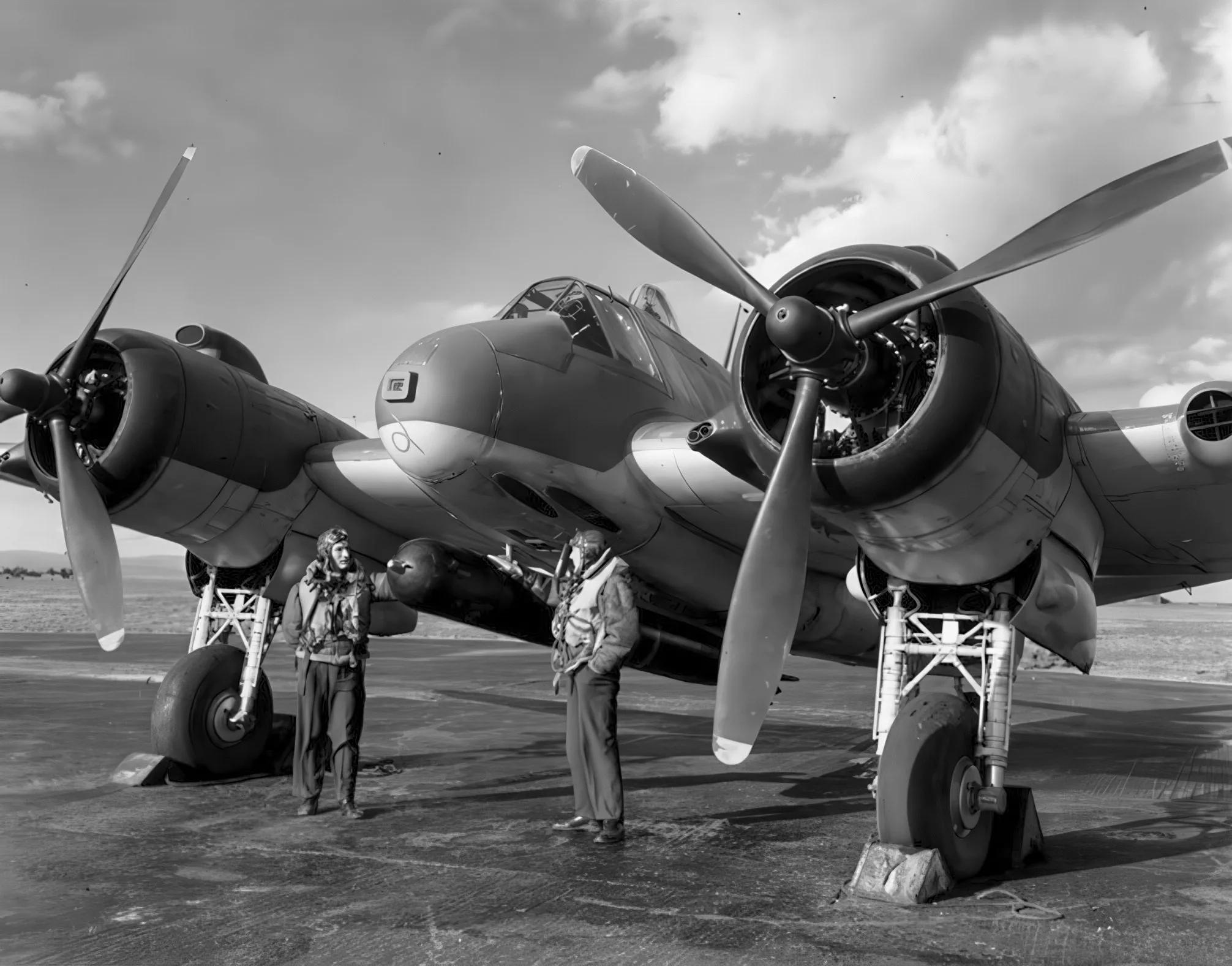
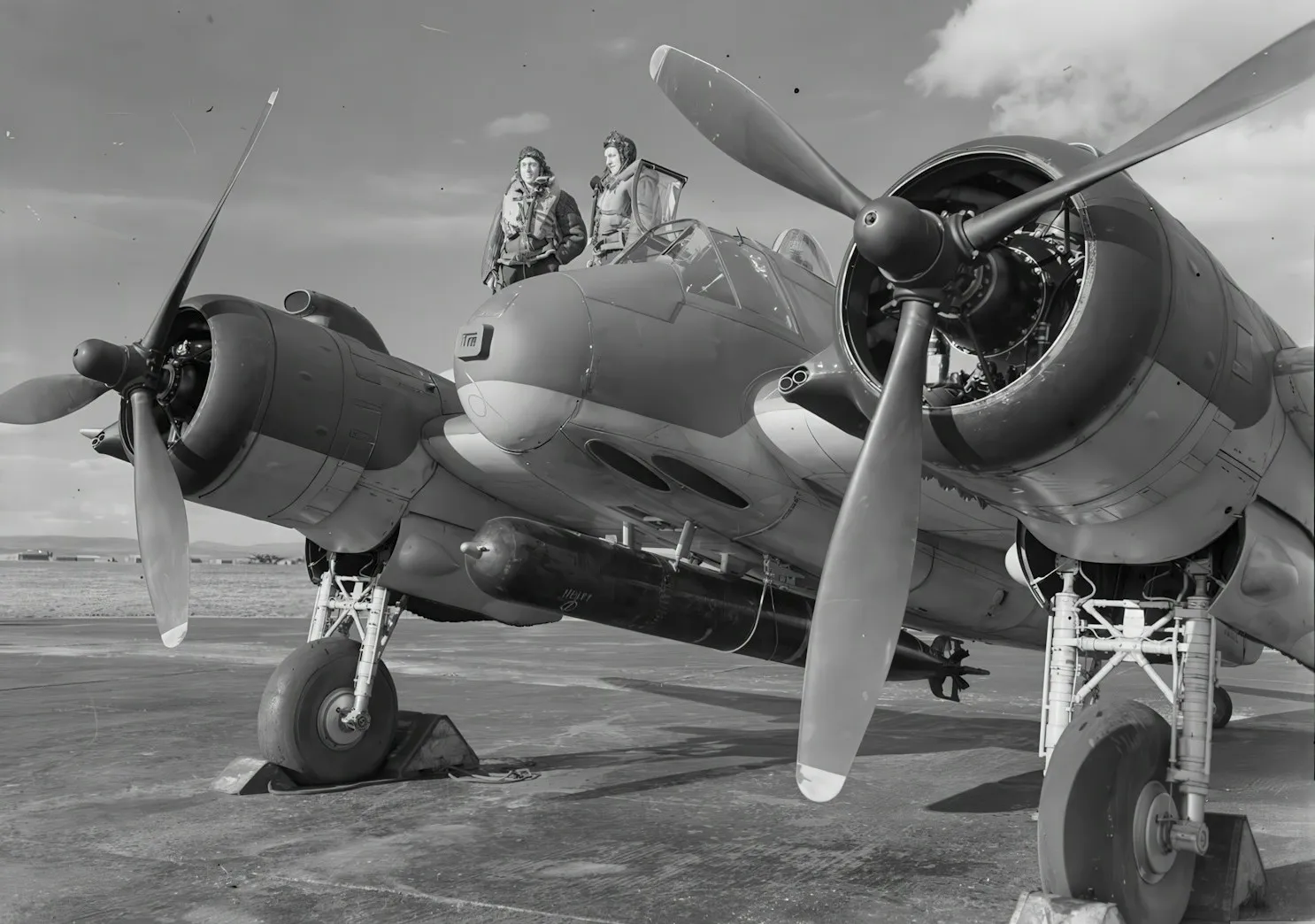
(IWM Photos)
The crew of a Bristol Beaufighter Mk. VIC (ITF) of No. 144 Squadron RAF stand by the cockpit of their aircraft at a dispersal at Tain, Ross-shire. The Interim Torpedo Fighter, or "Torbeau" as this version was known, is armed with a Mk. XII aerial torpedo. Note the aerial camera port in the nose.

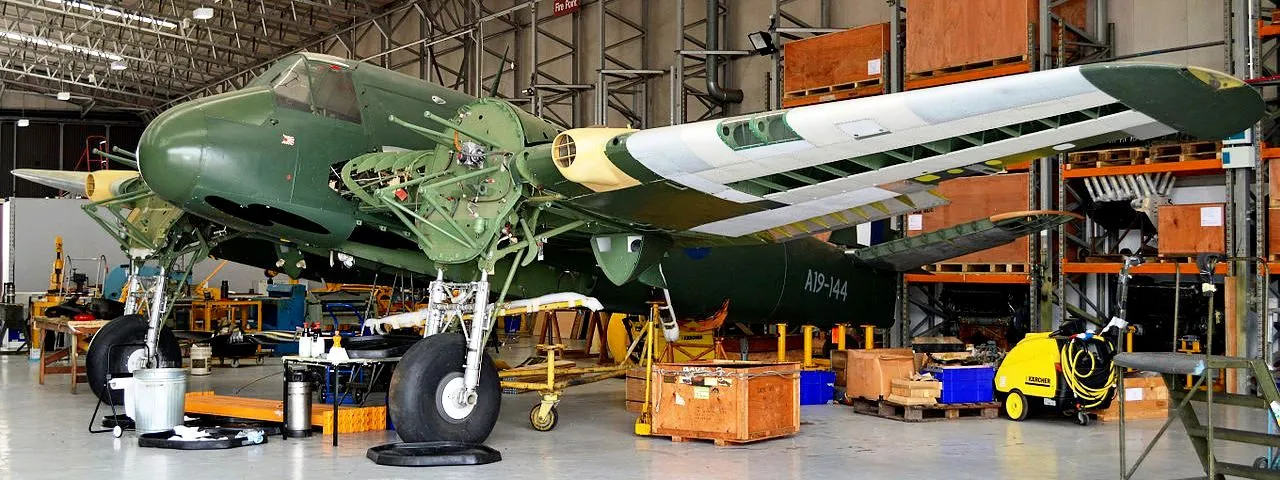
(Alan Wilson Photos)
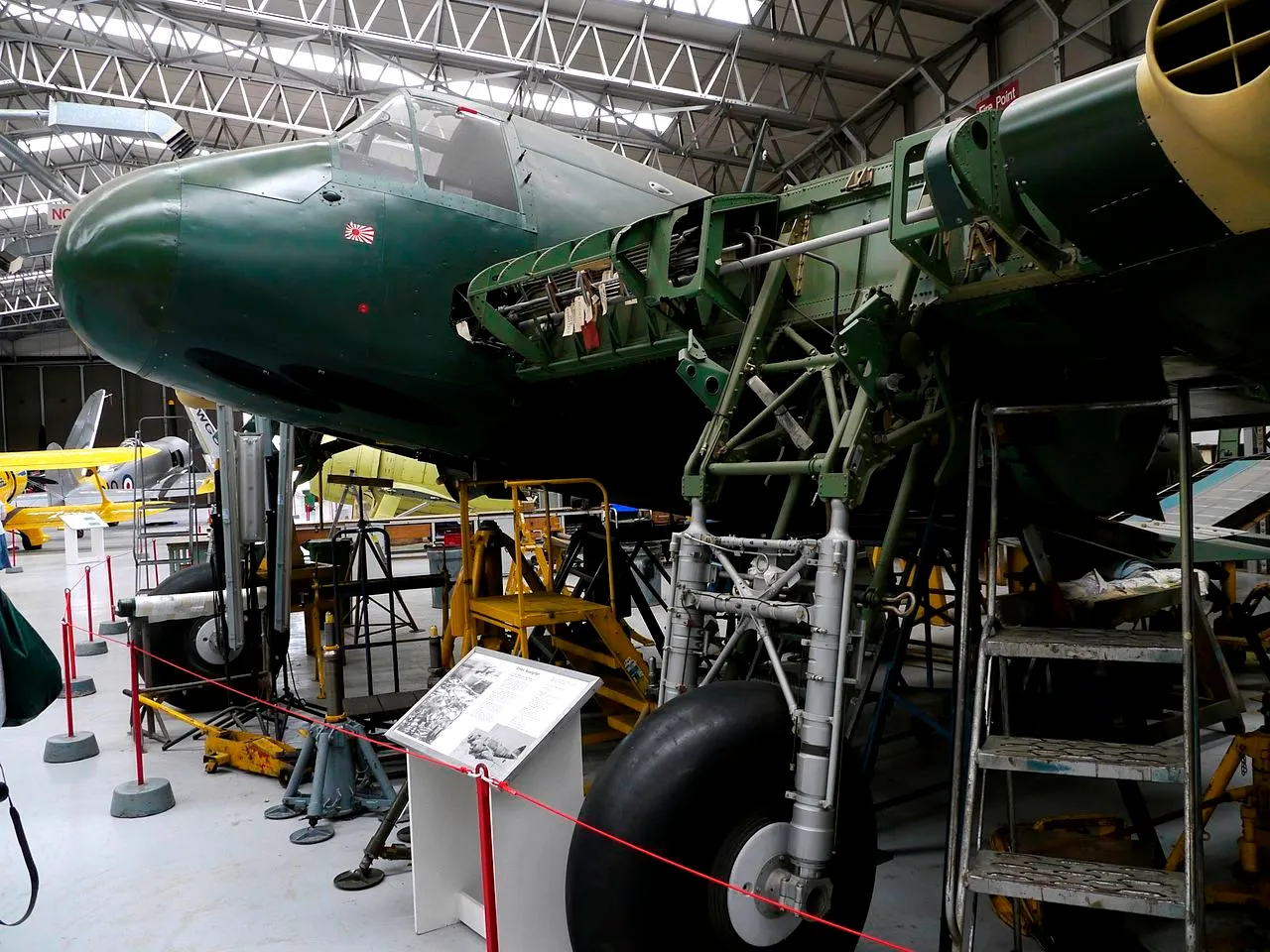

(Chad Kainz Photos)
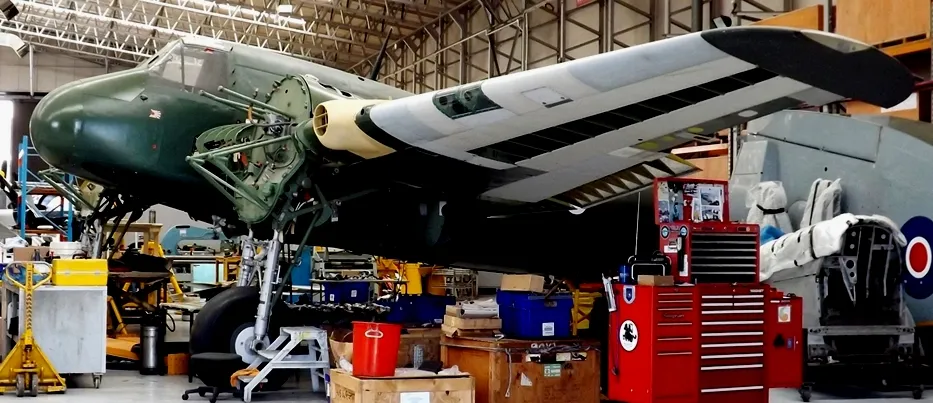
(Mark Harkin Photo)
Bristol Beaufighter Mk. XIc, (Serial No. JM135), ex-RAAF (Serial No. A19-144), a composite airframe which also includes parts of another Mk. XIC (Serial NBo. JL946) and an Australian built Mk. XXI. The Fighter Collection, Duxford, Cambridgeshire.
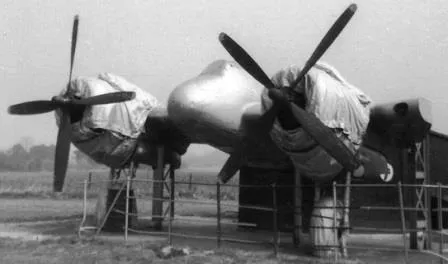
(Raymond Godfrey Photo, ca 1967)
Bristol Beaufighter Mk. I (Serial No. X7688), Reg. No. G-DINT, Skysport Engineering, Hatch, Beds.
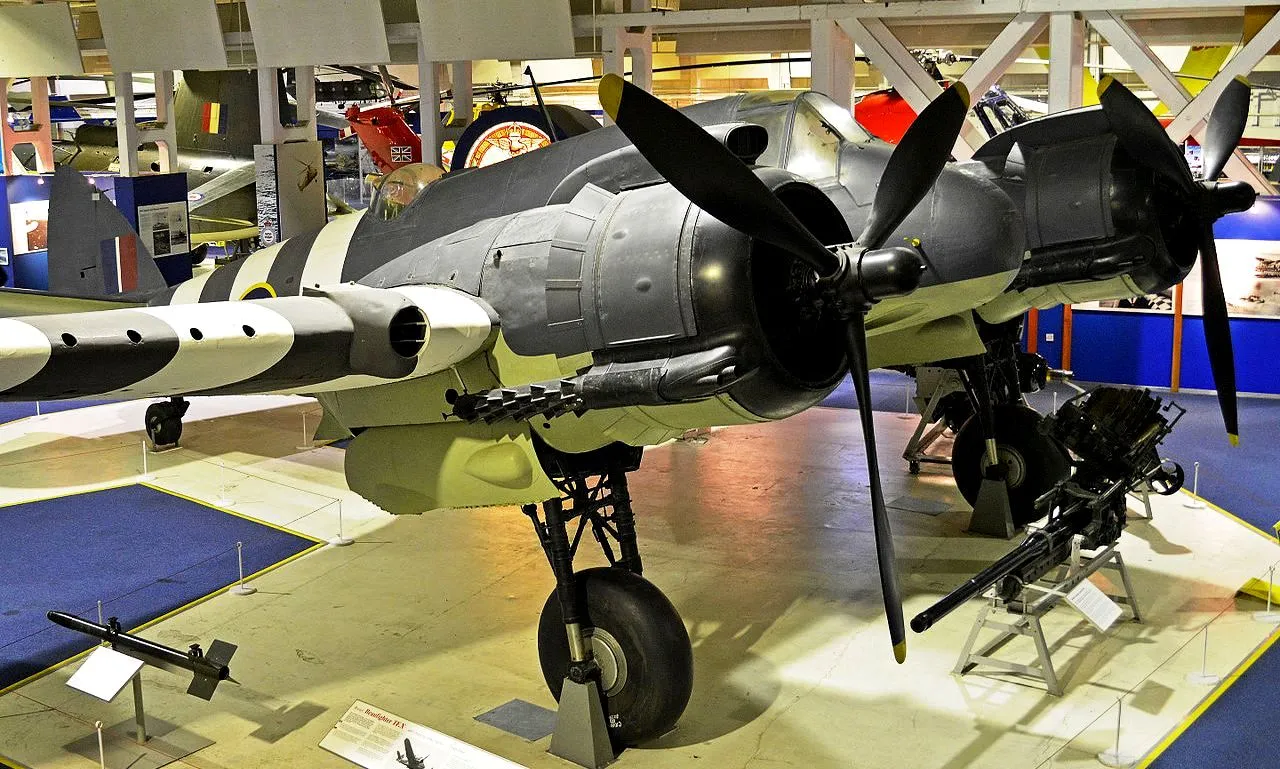
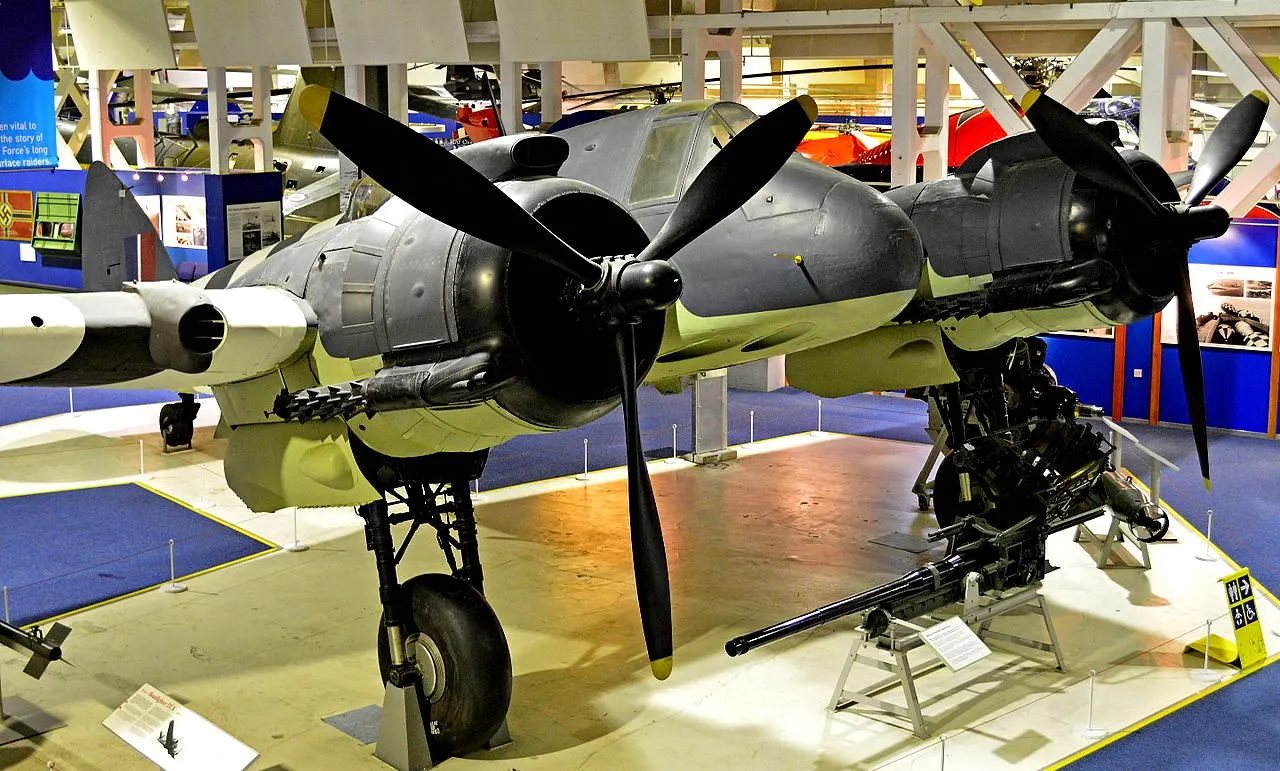
(Alan Wilson Photos)

(The Land Photo)
Bristol Beaufighter TF.X (Serial No. RD253), Royal Air Force Museum London, Hendon. Ex-Portuguese Air Force BF-13.
Bristol Beaufighter TF.X, (Serial No. RD253). Displayed at the Royal Air Force Museum in London, this aircraft flew with the Portuguese Air Force as BF-13 in the late 1940s. It was used as an instructional airframe before its return to the UK in 1965. Restoration was completed in 1968, using components scavenged from a wide variety of sources, including some parts recovered from a crash site.
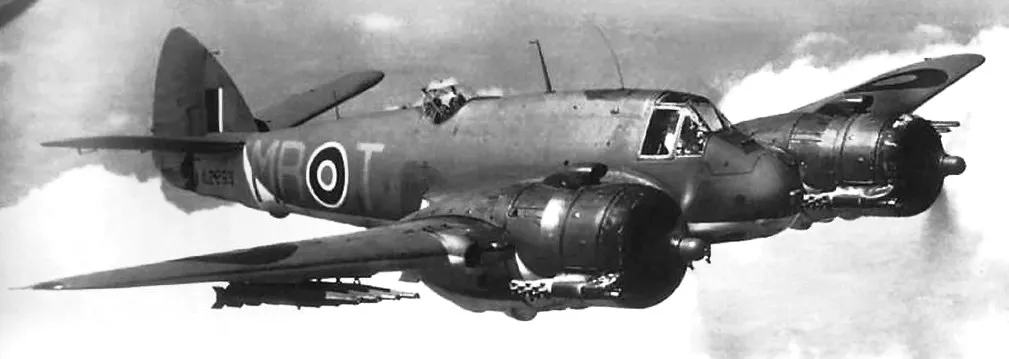
(RAF Photo, ca 1944)
Bristol Beaufighter TF.X (Serial No. RD220), National Museum of Flight, East Fortune Airfield, Scotland. Being restored.
Bristol Beaufighter TF.X (Serial No. RD220). This aircraft is currently displayed while under restoration at the National Museum of Flight at East Fortune Airfield, east of Edinburgh. Post-war, it served with the Portuguese naval air arm. After passing through the hands of the Portuguese Museu do Ar and the South African Air Force Museum, it was acquired by National Museums Scotland in 2000.
Bristol Beaufighter Mk. IIF (Serial No. unknown), sectioned forward fuselage, on loan from the RAF Museum, last surviving example of a Mk. IIF, in night fighting colours, Aerospace Bristol, Hayes, Way, Patchway, Bristol.
Bristol Beaufighter Mk. I (Serial No. 15298), Midland Air Museum, Coventry Airport, Baginton, Warwickshire.
Bristol Beaufighter Mk. Ic )Serial No. A19-144). Owned by The Fighter Collection at the Imperial War Museum Duxford, this aircraft has been undergoing a lengthy restoration to flying status for some years. It is a composite aircraft built using parts from JM135/A19-144 and JL946/A19-148.

(IWM Photo, CM4724)
Five Malta-based pilots sitting in front of two fighter aircraft at Luqa. Third and fourth from the left, respectively are, Wing Commander J.K. Buchanan, Commanding Officer of No. 272 Squadron RAF, and Wing Commander M.M. Stephens, leader of the Hal Far Fighter Wing, shortly before the end of his tour of operations. Behind them is Wing Commander P.P. Hanks' Supermarine Spitfire Mark VC, BR498 'PP-H', which he flew as leader of the Luqa Fighter Wing, parked in front of a Bristol Beaufighter of No. 272 Squadron RAF.

(IWM Photo, CE22)
Beaufighter VIF (Serial No. V8748), coded ZJ-R of No. 96 Squadron being re-armed at Honiley, 23 March 1943. The armourers are feeding belts of ball and high-explosive incendiary ammunition into the magazines of the aircraft's four 20-mm Hispano cannon.





